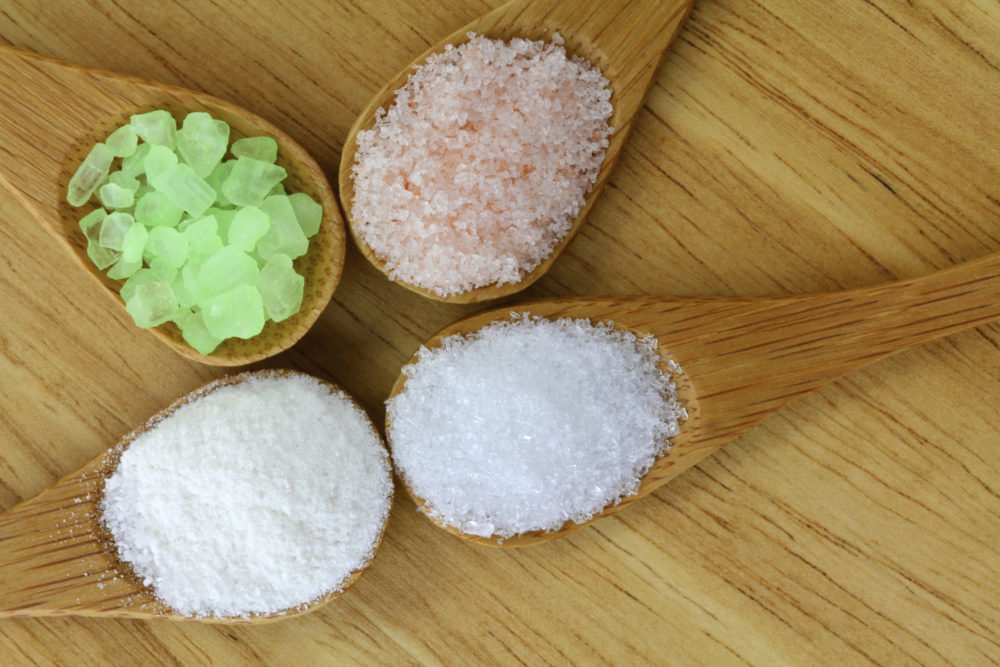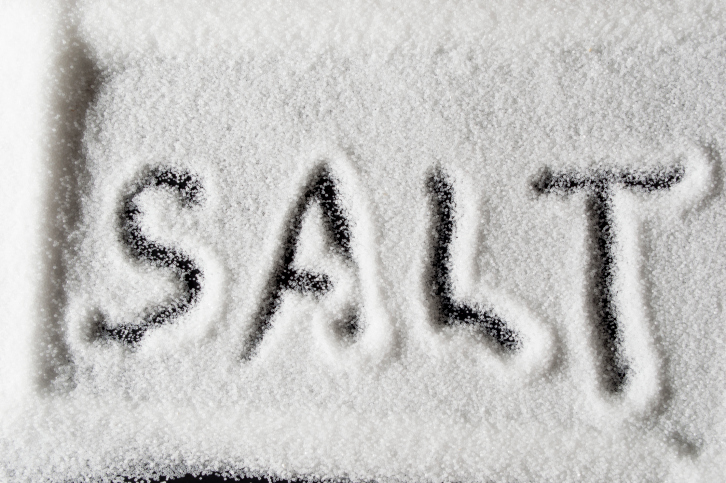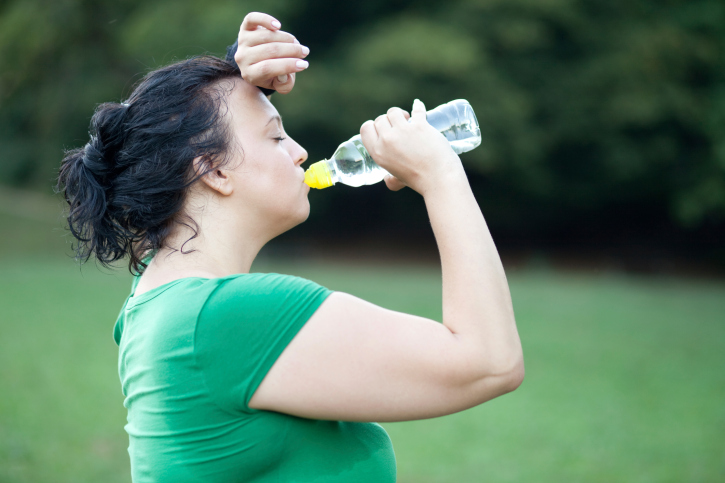Is salt good or bad for runners?
Most people consumer too much salt and sodium, and health authorities are concerned. Here's what you need to know as an athlete

It’s Salt Awareness Week, and the World Health Organization is tweeting about the dangers of too much salt in your diet. Research shows that too much salt can lead to high blood pressure, a known risk factor for heart disease and stroke. The implied message is that reducing our salt intake is advisable, ideally to zero. But that’s not the case. Salt is an electrolyte that’s essential to life, and moreover, athletes must replace salt lost from sweat. So how do we reconcile salt’s good and evil sides?
It's #SaltAwarenessWeek!
DYK: Too much salt can raise blood pressure, which is a leading risk factor for heart disease and stroke. https://t.co/momSIK0Bt4
Let's get ? out of the menu. Let's #BeatNCDs! pic.twitter.com/4p9kXLlLde
— World Health Organization (WHO) (@WHO) March 5, 2019
RELATED: Salt is an important aspect of the runner’s diet
First, let’s get clear on the difference between salt and sodium, and the recommendations for both: table salt is 40 per cent sodium and 60 per cent chloride. Health Canada recommends between 1,000 mg and 1,500 mg of sodium per day for children and adults (less for infants), with adults not exceeding 2,300 mg per day. To translate the above tweet’s salt recommendation into a sodium recommendation, you would want to calculate 40 per cent the not-to-exceed maximum of 5,000 mg of table salt per day, or 2,000 mg–which falls between the 1,500 and 2,300 mg mentioned above.

Processed and convenience foods (including commercial breads, sauces and snack foods) are typically very high in salt, and most people consume far more than the recommended levels, either because they eat a lot of processed foods, or because they add table salt to their food. But consider that as runners, produce an average of 1.2 litres of sweat per hour when working out, and sweat consists mainly of water plus sodium–up to 2,000 mg of sodium per litre of sweat.

It’s important to replace this lost sodium, and the easiest way is by consuming high-quality sports nutrition products while running (the best drinks contain electrolytes as well as carbohydrate, as do many gels) and by eating salty foods like pretzels, olives, pickles and cheese afterwards. Have you ever had a headache or muscle cramps after a long, hot run? That’s a possible sign of dehydration and electrolyte imbalance. But it doesn’t take much: a half-cup serving of green olives contains about 1,556 mg. And 100 g of pretzels contains about 1,266 mg of sodium.
Why do governments not even mention this in their recommendations? Probably because sodium is a a problem for many more people than it benefits, considering that less than 15 per cent of Canadians get the minimum recommended amount of exercise. As with anything else, it pays to be informed–and to be realistic about how much salt you actually need. The truth is, if we are not careful about our diets, it’s easy to consume more salt than we need when we are not actually exercising.
When running outside in winter, we typically sweat less (though we may sweat more than we think, especially if we have a tendency to overestimate how cold we’ll be while running). It may be tempting to skip taking water on your long runs. Just be aware of the need to replenish water and salt as soon as you return.


